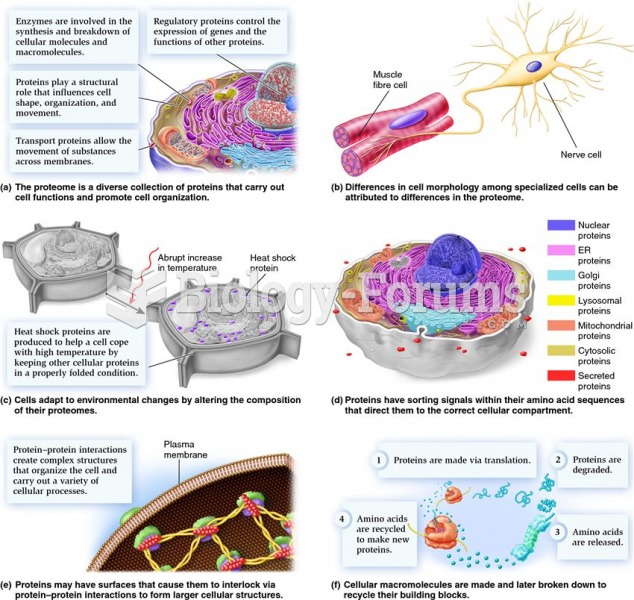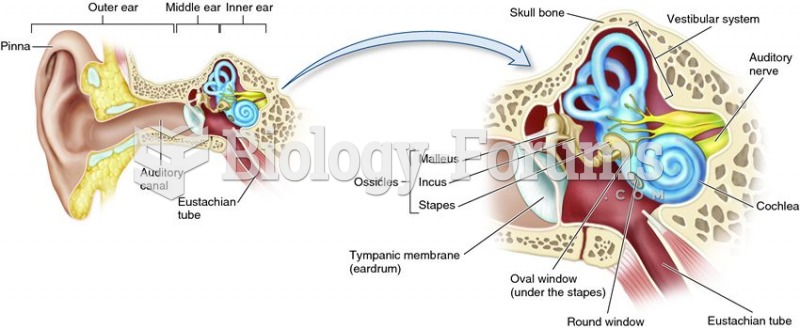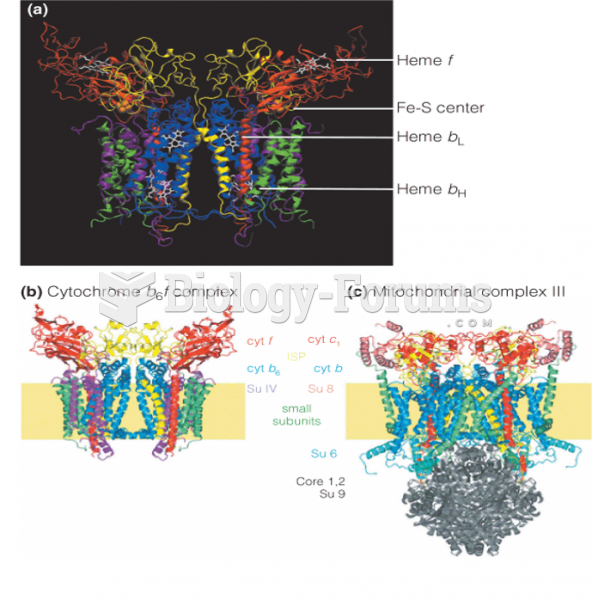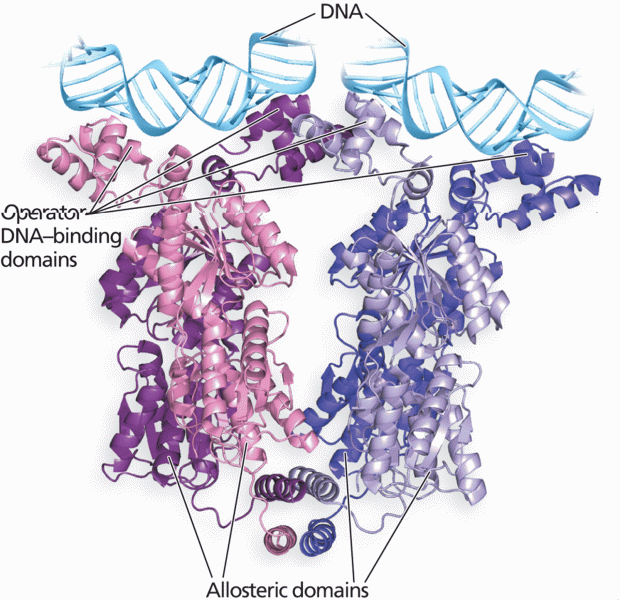|
|
|
Did you know?
Your heart beats over 36 million times a year.
Did you know?
Green tea is able to stop the scent of garlic or onion from causing bad breath.
Did you know?
Barbituric acid, the base material of barbiturates, was first synthesized in 1863 by Adolph von Bayer. His company later went on to synthesize aspirin for the first time, and Bayer aspirin is still a popular brand today.
Did you know?
The familiar sounds of your heart are made by the heart's valves as they open and close.
Did you know?
Drugs are in development that may cure asthma and hay fever once and for all. They target leukotrienes, which are known to cause tightening of the air passages in the lungs and increase mucus productions in nasal passages.







